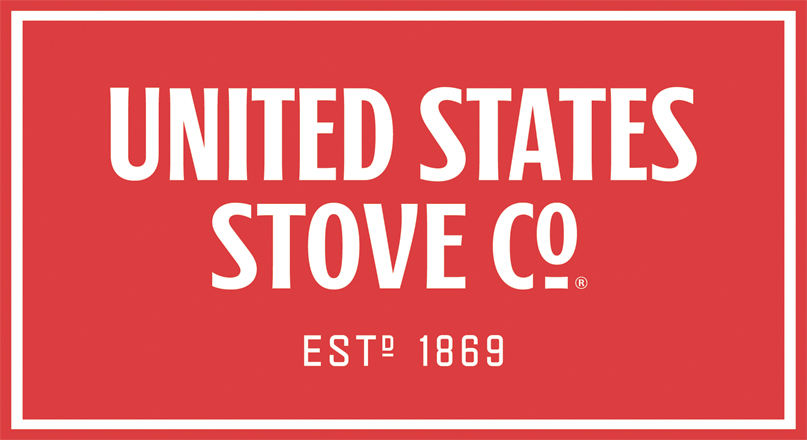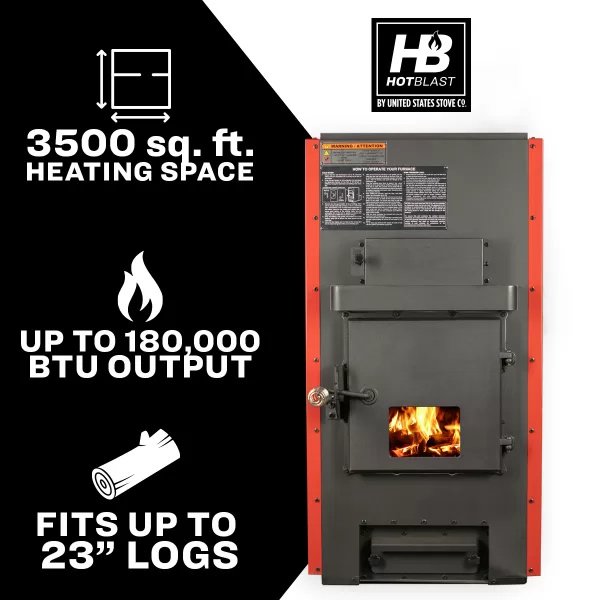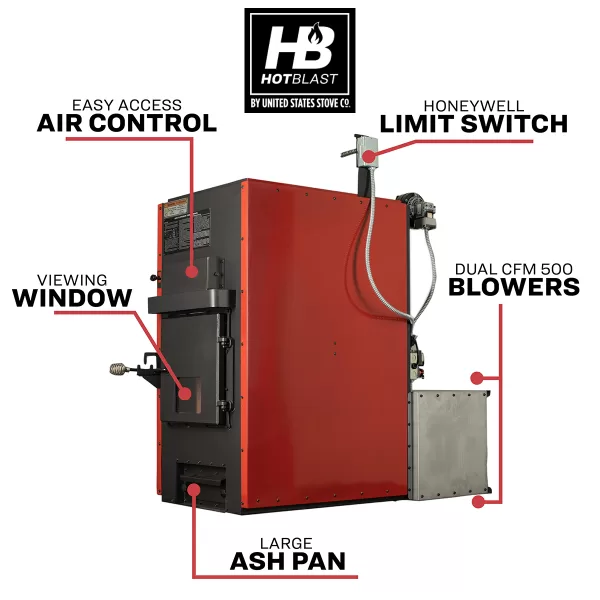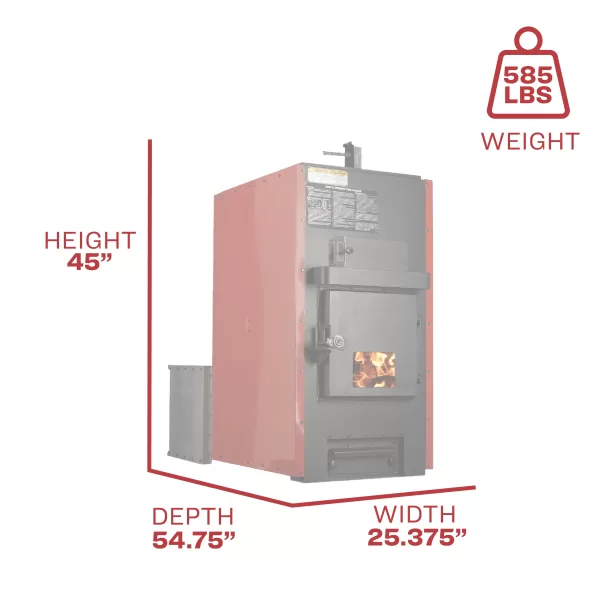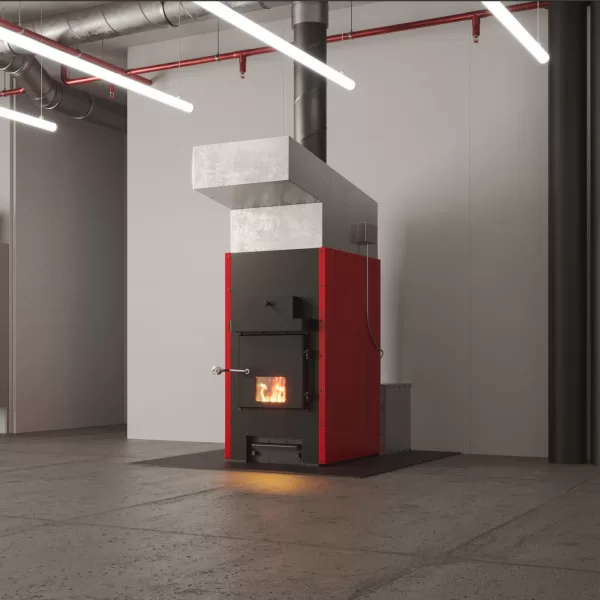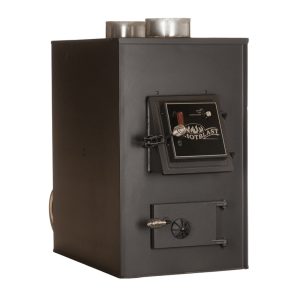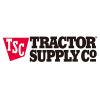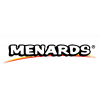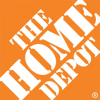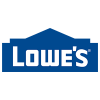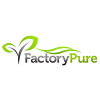Hot Blast HB1520 Wood Furnace
The Hot Blast HB1520 by US Stove is a wood burning furnace designed to use in conjunction with your existing HVAC ductwork. With twin 500 CFM blowers and up to 180,000 BTUs, it is designed to heat a home up to 3,500 Sq. Ft. Its heavy duty cast-iron door with a glass viewing front gives out the ambience of a flame without compromising efficiency. The open plenum allows for easy installation and with a built in ash-pan and firebrick line combustion chamber, the HB1520 is a great option for heating larger spaces in the furnace category. The Hot Blast HB1520 EPA certified furnace exceeds 75% efficiency and qualifies for the 30% IRS 25C Residential Energy Tax Credit.
Model #: HB1520
Additional Information:
- Heavy Duty cast-iron door with viewing window
- Heats up to 3,500 Sq Ft of living space with 180,000 BTUs
- EPA Certified & 75% Efficiency Rating
- Accepts logs up to 23″ and easy to load
- Qualifies for IRS 30% 25C Residential Energy Tax Credit
- Firebrick lined to boost efficiency and heating capacity
- Built in ash pan for easy clean up
- Recommended installation by NFI Certified Installer (USA) or WETT Certified Installer (Canada)
- Dual blowers provide maximum heat output
| Assembled Width (in) | 23.375 |
| Package Weight | 585 |
| Package Width | 27.5 |
| Package Height | 50 |
| Assembled Depth (in) | 54.75 |
| Package Depth | 36.5 |
| Assembled Height (in) | 45 |
